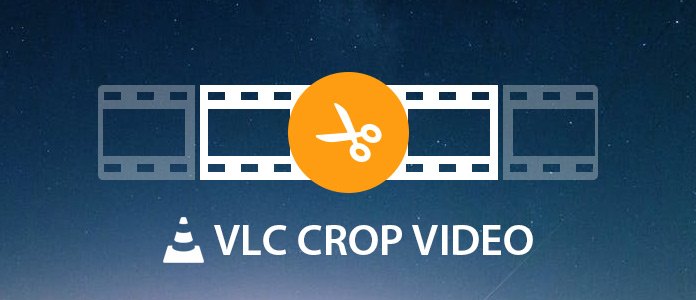
Some of these types of automation could be accomplished through the usage of a programming framework, or scripting language, but automating at the user interface level can remove a lot of overhead and restrictions. If you don’t know how to join videos in VLC exactly, here are the steps you can follow. And you don’t have to worry about the compatibility - VLC can work with almost all platforms, including Windows, Mac OS, Linux, and more. Similarly one could experiment with automating photo editing processes by scripting with a program like AutoHotkey. Using VLC to combine your video clips is quite easy. These types of scripts could also be used to automate key strokes while hex editing images, consider a script which would move a certain number of characters across and then insert a character - that could glitch out an image quite nicely. The script will send the appropriate key strokes to remove the next 10 I-frames while you pop out for a break.

Load AutoHotkey with the script below and then when it comes time to best watch replica for sale remove I-frames in Avidemux simply focus the slider below the video and press Control+F to trigger the AutoHotkey script. The video above was datamoshed using this automation script. The following script for AutoHotkey automates I-frame removal in Avidemux, normally a manual process described in this tutorial.

For Windows users AutoHotkey is free, open-source macro-creation and automation software that can handle some of the repetitive tasks involved in datamoshing. Datamoshing videos can be a time-consuming process, automation can help.


 0 kommentar(er)
0 kommentar(er)
